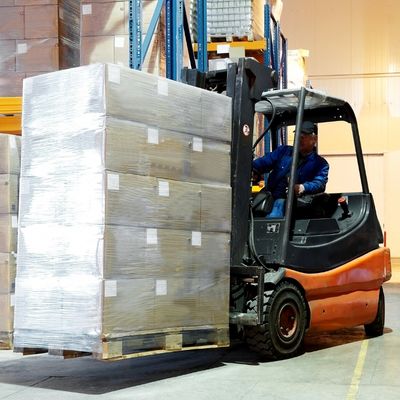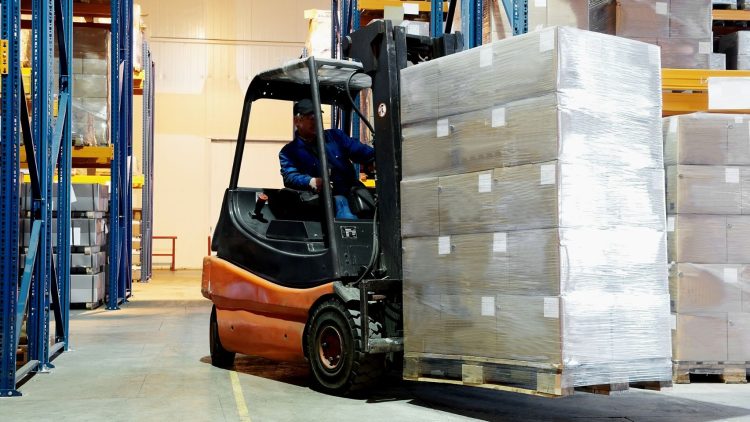
Forklift weight capacity is the total weight a forklift can safely lift and transport. A forklift’s power, engine size, and fork construction determine its capabilities. The weight capacity also depends on the forklift’s rated load center distance. Forklift owners and operators must be aware of weight capacity when loading and hauling heavy materials. Knowing the machine’s limit allows you to avoid over-capacity situations, which could cause severe damage.
How To Know Your Forklift Weight Capacity
You can find the weight capacity in the manual, often near the middle of the document. It should show a number labeled as “Rated Capacity” or “Maximum Load Weight.” This will tell you the maximum safe load for your forklift.
You can also calculate the weight capacity by multiplying the forklift’s fork length by its rated load center distance. Some experienced operators can also estimate capacity based on the type of forklift. Note that manufacturers and models may vary, but these are basic guidelines you may follow:
- 158,000 lbs for a counterbalance powered by internal combustion
- 36,000 lbs for a forklift with pneumatic tires
- 35,000 lbs for a rough terrain forklift
- 15,000 lbs for forklifts with cushion tires
- 12,000 lbs for an electric 4-wheel model
- 5,000 lbs for an electric 3-wheel model
Factors Affecting Your Forklift Weight Capacity
The rated weight capacity often sits below what forklifts can handle. However, continually using them above the rated weight capacity could violate your warranty and lead to higher maintenance needs. Over time, you might find that forklifts you have owned for some time do not always handle heavy loads well. Here are some common reasons.
- Load Center Distance: This is the forklift’s distance from the fork tips to its center of gravity. The longer the fork length, the higher a forklift can lift without disrupting balance and stability.
- Machine Condition: Forklift weight capacity can be affected by the forklift’s age, maintenance level, and overall condition. Regular forklift inspections can help extend forklift life and ensure that forklifts are safe to use.
- Fork Size: Fork size affects weight capacity, as larger forks can carry more weight than smaller fork sizes.
- Attachments: Attachments such as fork extensions and side shifters will also affect weight capacity.
How To Narrow Down What Forklift Weight Capacity You Need
When it comes to machinery and capabilities, bigger is often better. Why buy something smaller now when business growth could lead to upgrades later? This is an excellent approach if you have an unlimited budget, but spending too much on machinery you don’t need right away could do more harm than good. Instead, ask yourself the following questions:
- How heavy are the loads I plan to lift?
- How often will my workers use the forklift in a workweek?
- How wide are the aisle spaces where it will operate?
- How high do workers need to retrieve and lift loads?
- Will I use my forklift on paved surfaces or rugged terrain?
Your answers to these questions will determine which forklift weight capacity and models best suit your needs. Ensure that you give yourself some wiggle room for growth. Then, find the best deals on forklifts in your area at Industrial Forklift Truck.
Compare Forklift For Sale Near You
Sources:

